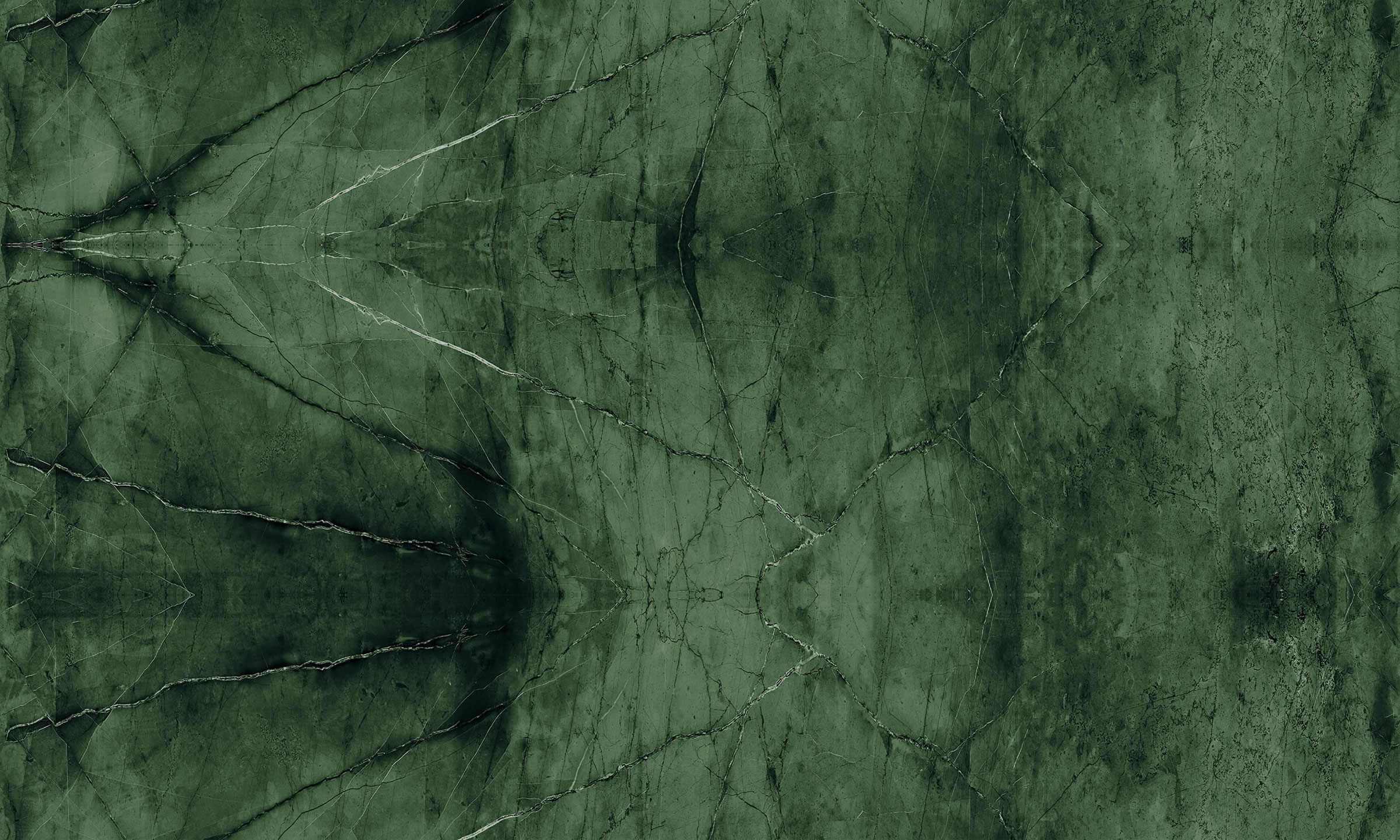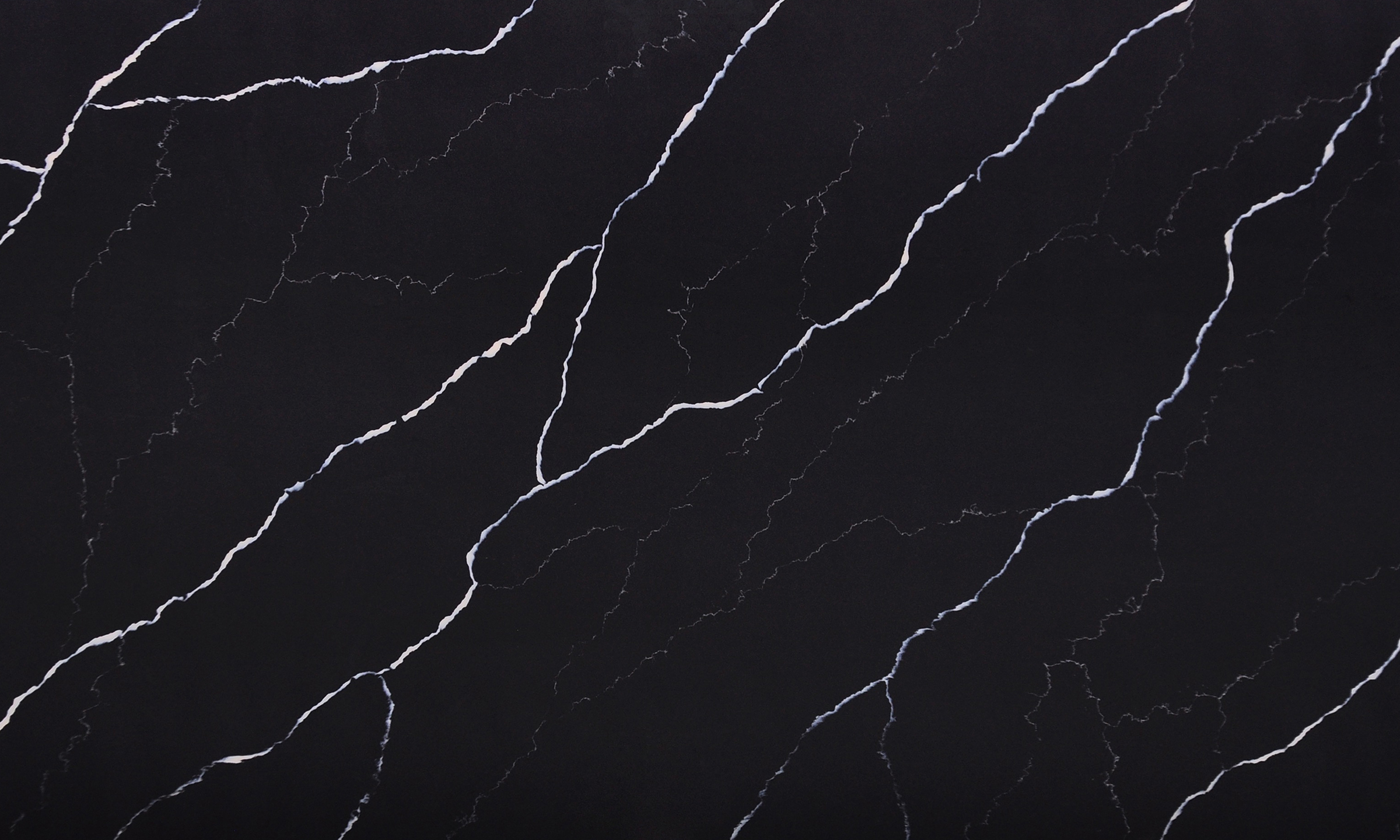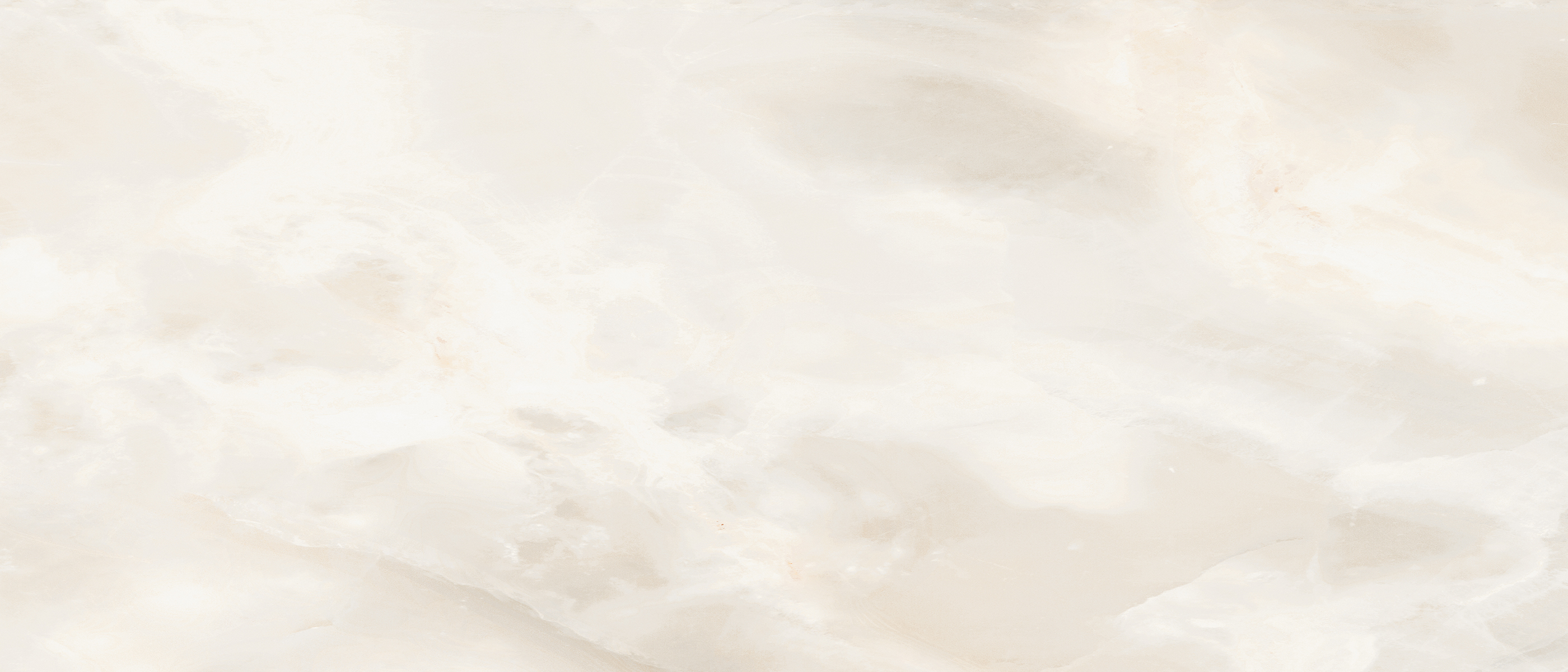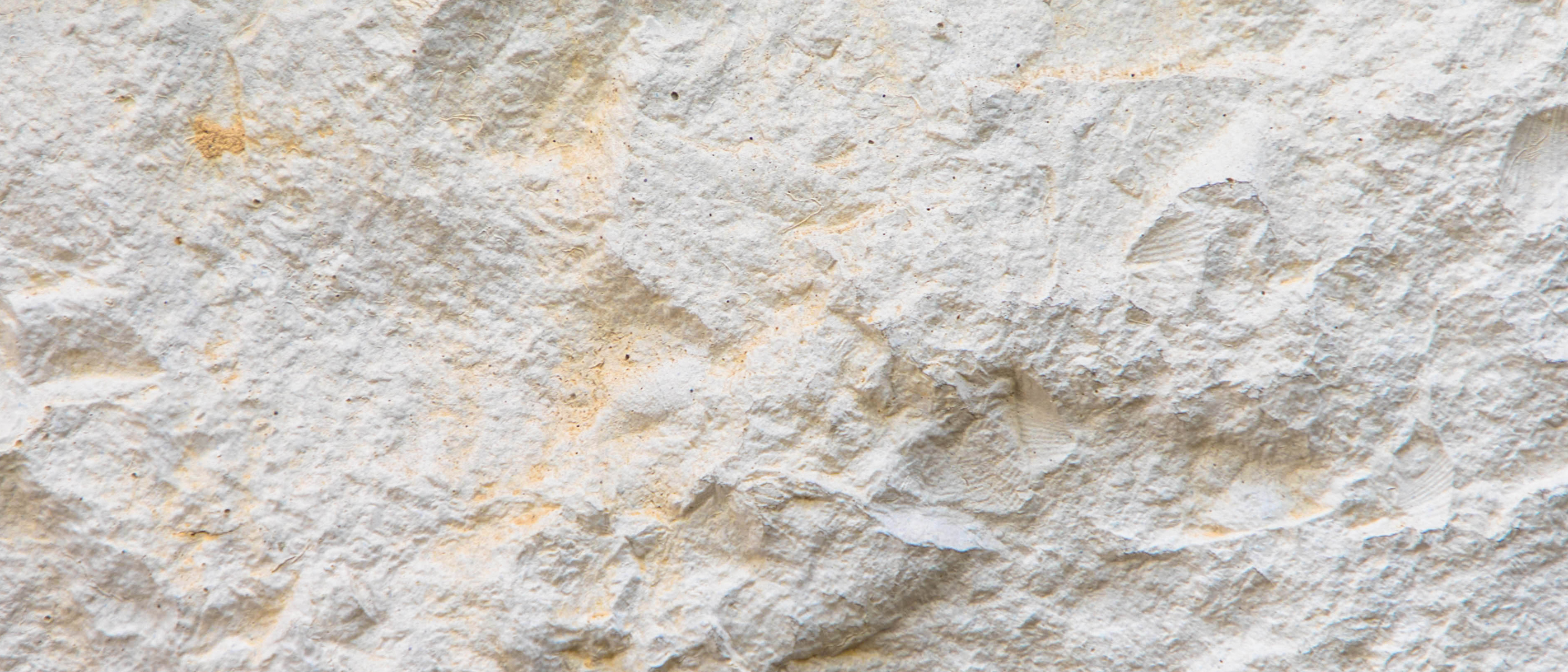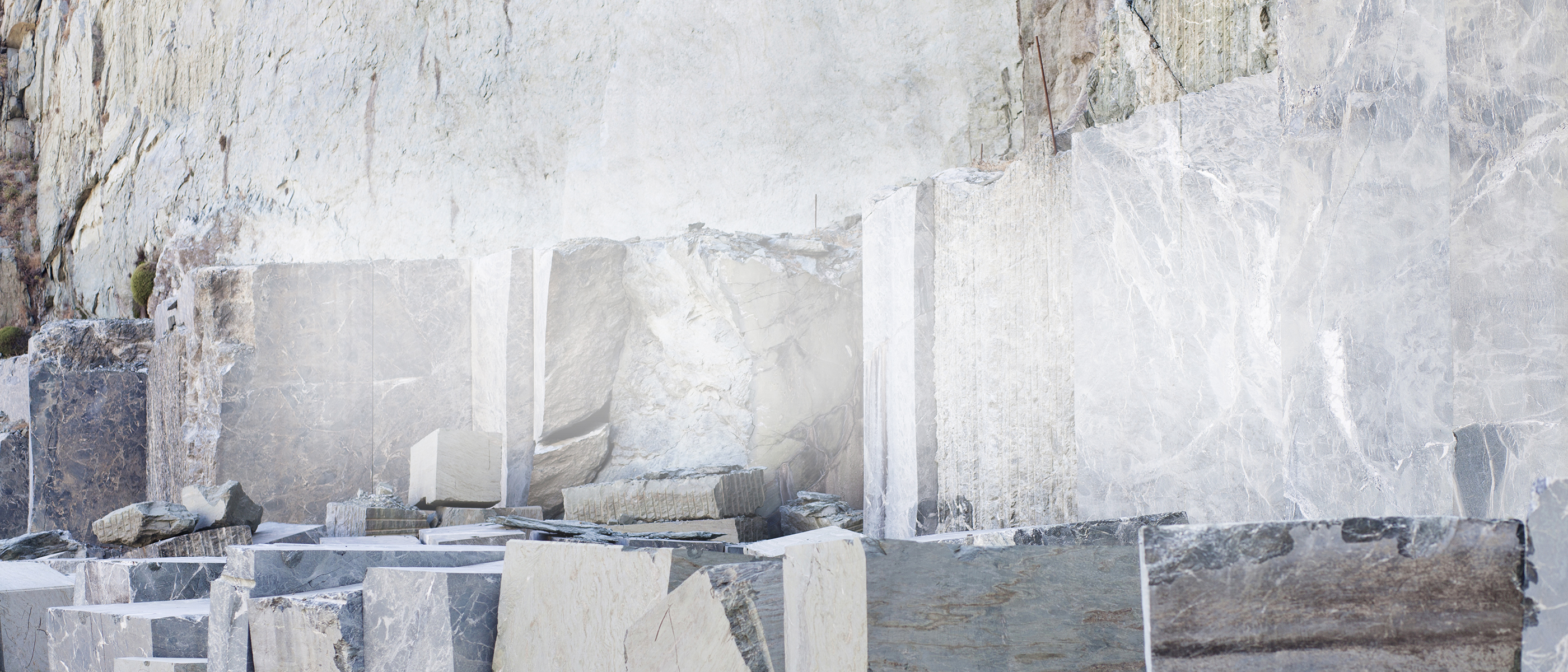Granite
Granite is a light-coloured igneous rock with grains large enough to be visible with the unaided eye. It forms from the slow crystallization of magma below Earth's surface. Granite is composed mainly of Quartz and Feldspar with minor amounts of Mica, Amphiboles, and other minerals.
Marble
Marble is a metamorphic rock composed of recrystallized carbonate minerals, most commonly Calcite or Dolomite. Marble is typically not foliated, although there are exceptions. In geology, the term marble refers to metamorphosed Limestone, but its use in stonemasonry more broadly encompasses unmetamorphosed Limestone.
Semi-precious
A Gemstone is a piece of mineral Crystal which, in cut and polished form, is used to make jewellery or other adornments. However, certain rocks and occasionally organic materials that are not minerals are also used for jewellery and are therefore often considered to be Gemstones as well. Semiprecious stones include Gemstones fashioned from: Agate, Amber, Amethyst, Aquamarine, Aventurine, Chalcedony, Chrysocolla, Chrysoprase, Citrine, Garnet, Hematite, Jade, Jasper, Jet, Kunzite, Lapis Lazuli, Malachite, Moonstone, Obsidian, Onyx, Peridot, Rhodonite, Sunstone, Tiger's-eye, Tanzanite, Topaz, Turquoise, Tourmaline and many other materials.
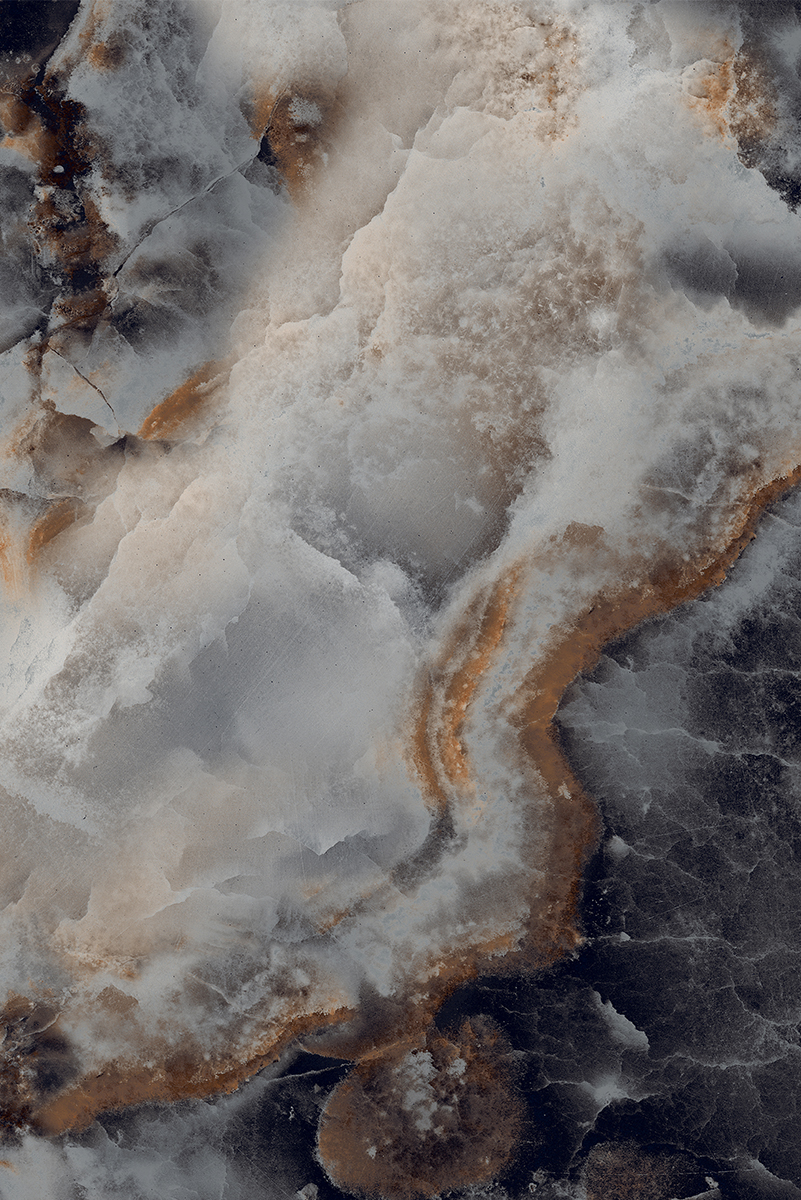

Porcelain
Porcelain is made from a mix of clay, sand and minerals baked at a high temperature. The resulting paving slabs are non-porous, hard-wearing and extremely tough with each slab calibrated to 20mm in thickness.
Quartz and Quartzite
Quartz worktops are man-made and consist of Quartz chips or Quartz dust bound together with resin. Usually, the composition is about 90-95% Quartz to 5-10% resin.
Quartzite is a metamorphic rock that is created when sandstone rich in Quartz is placed under intense heat and pressure.
The main difference between the two materials is that Quartz worktops are man-made or engineered, while Quartzite is a complete slab of natural stone.
How Stone is Made
The Earth developed from a massive body of gas and liquid, that slowly cooled and condensed into a solid core. Through cooling, and pressure, the crust began to form and heavy minerals were forced down toward the core of the Earth, where they became trapped. As the crust grew in thickness, it squeezed around the core which created intense pressure and heat from within the Earth. This pressure caused crystals and other solid forms to begin to grow.
As the Earth’s crust then started to expand and erode, heat and pressure pushed these solid forms closer to the surface, forming colossal rock beds. The formation of these rock beds took up to one hundred million years. Many of these beds are now used as quarries, from which we mine stone. When you buy natural Marble, Granite, Slate, and Limestone, you are looking at materials that may be as much as 300 to 500 million years old.
The History of Stone
Stone has been a consistent part of human development, throughout time. As far back as 3.3 million years ago, ancient species living on the shores of Lake Turkana, in Kenya, were making and using stone tools.
Fast forward a few million years, and the ancient Egyptian civilisation were constructing quarries, to mine for natural stone, so they could build monuments and pyramids.
Our uses for stone have changed drastically since then, but it is still a material we are reliant upon. Ancient civilisations utilised stone for tool making, thanks to its strong, durable properties, the same properties we make use of today, for kitchen worktops and flooring. Natural stones are tough, easy to clean, low maintenance, and very aesthetically appealing.
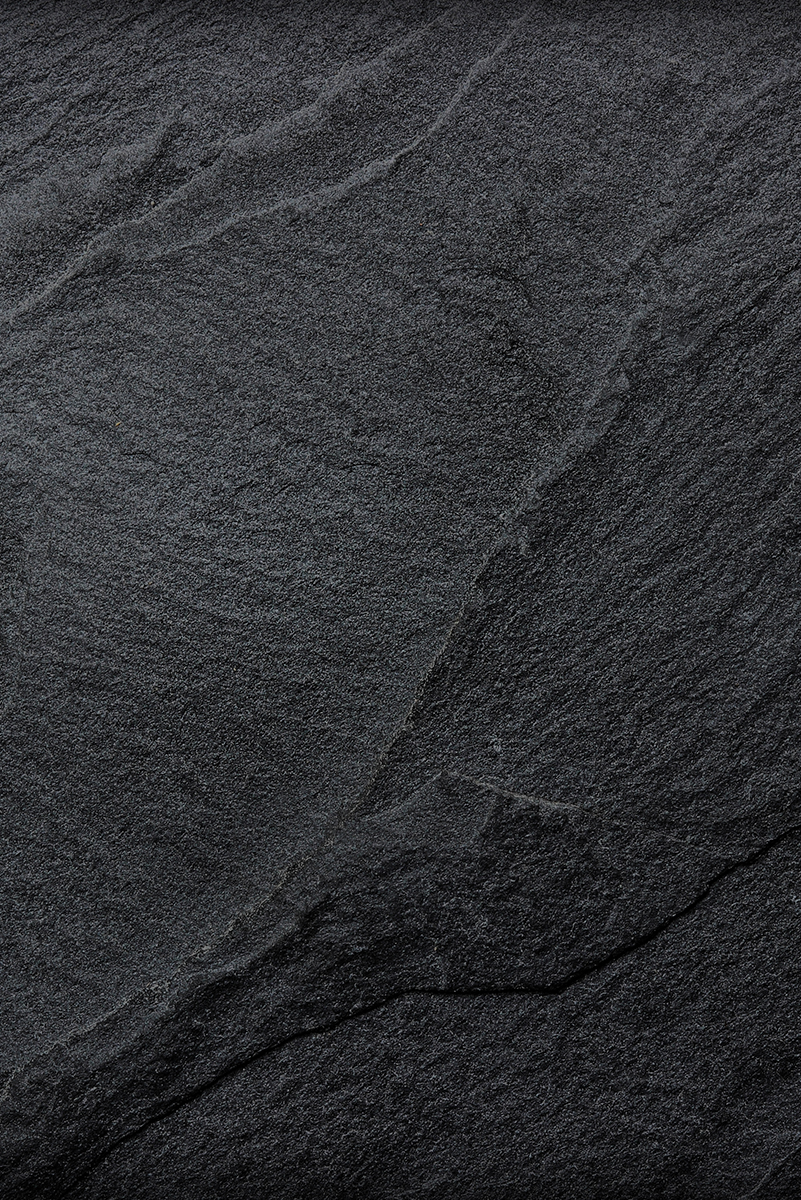
Message us
The relevant member of staff will get back to you within 24 hours (Mon-Fri)
Our Partners



